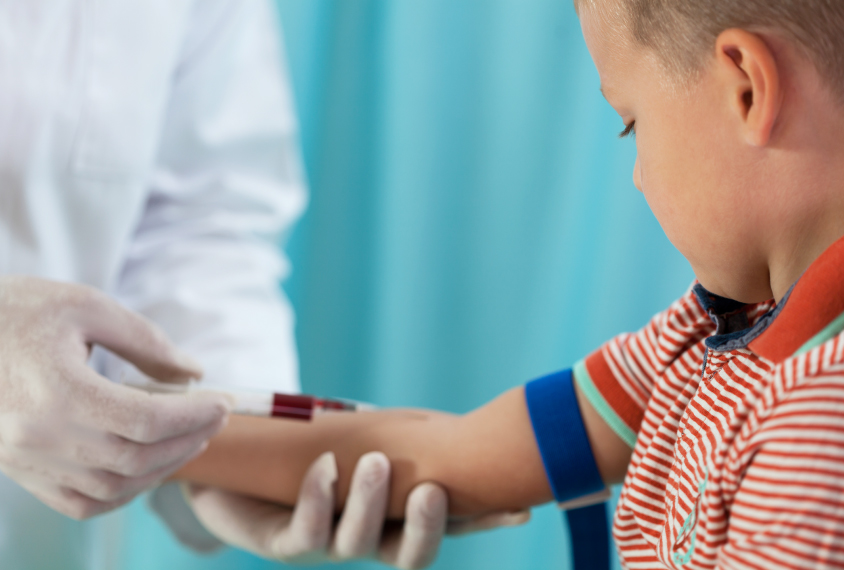
Large mutations may explain diverse outcomes from autism gene
Deletions and duplications of long stretches of DNA may increase the likelihood of autism in people who have a mutation in a gene called PTEN.
Deletions or duplications of long stretches of DNA increase the likelihood of autism in people with a mutation in a gene called PTEN, according to a new study1.
Some mutations in PTEN are associated with benign growths called hamartomas, as well as certain types of cancer. PTEN is also linked to autism, accounting for 2 to 5 percent of autism diagnoses. People with a mutation in the gene may have autism, cancer, both or neither.
It is unclear why more than 75 percent of people with a mutation in PTEN do not have autism, says lead investigator Charis Eng, chair and director of the Cleveland Clinic’s Genomic Medicine Institute in Cleveland, Ohio.
“The question at hand is: Why is it that people with a mutation in an identical gene — PTEN — can have cancer and/or autism?” Eng says.
Eng and her team investigated whether copy number variants (CNVs) — deletions or duplications of long stretches of DNA — may play a role in this difference.
They analyzed the genomes of 481 people born with a PTEN mutation, including 110 with autism, developmental delay or both. They then counted the total number of CNVs in each participant’s genome.
They found that people with autism or developmental delay have more CNVs than people who have cancer or none of the three conditions.
The team also scanned several genetic databases to compile a list of CNVs known to be associated with conditions of brain development. They found these CNVs in 10 percent of people with autism or developmental delay, compared with just 2.6 percent of people without autism or developmental delay and 1.7 percent of people with only cancer.
Because the outcomes, or phenotypes, from PTEN mutations are so distinct, the gene is a good starting point for assessing factors that act on genes, says Alicia Guemez-Gamboa, assistant professor of physiology at Northwestern University in Chicago, Illinois, who was not involved in the work. The same approach could be applied to study other genes with more subtle differences in outcome, she says.
Every autistic person is “pretty different, even if they have the same mutation,” says Guemez-Gamboa. “If we start understanding why, it will be very relevant for treatment.”
The study may also have a more immediate clinical application.
Because PTEN is one of the most common autism genes, researchers might be able to diagnose children who have both a PTEN mutation and the CNVs at an earlier age, Eng says. “The [children] can get right into therapy,” she says. “This is the goal.”
References:
- Yehia L. et al. JAMA Netw. Open 3, e1920415 (2020) PubMed
Recommended reading

New organoid atlas unveils four neurodevelopmental signatures
Explore more from The Transmitter

The Transmitter’s most-read neuroscience book excerpts of 2025

Neuroscience’s leaders, legacies and rising stars of 2025


